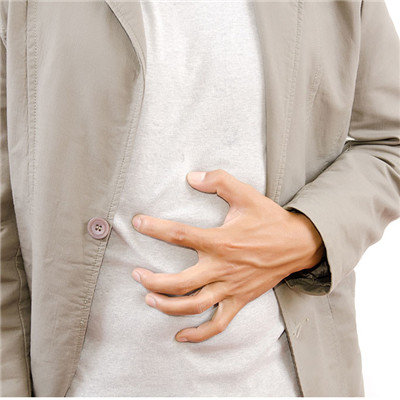The transmission route of Da San Yang
summary
The route of transmission of Da San Yang is not clear to everyone, but because our country belongs to a big country of hepatitis, there is no lack of hepatitis patients around us. Of course, we should treat them equally, but we still need to know what the routes of transmission of Da San Yang are. Let's learn about this practical little knowledge.
The transmission route of Da San Yang
First of all, we should first understand the transmission route of hepatitis B virus: mother and baby, blood and sex. Normal daily life will not be infected, including sharing cups, bowls and chopsticks, and even kissing. It is recommended to go to the hospital to check whether it is infected, and immediately inject hepatitis B antibody vaccine, so that it is safe and impossible to be infected
Second, hepatitis B is mainly through blood, semen, vaginal secretions in the infected person's skin or mucous membrane wound infection. Of course, sexual life may be infected. In addition, mother to child or father to child infection may be. The best way to prevent hepatitis B vaccine is injection. Daily life is generally not infectious. Living together, eating, shaking hands these are not infectious.
Finally, when the liver function of Da San Yang is normal and in good health, there is no need to treat it. If the liver function is abnormal, the replication of hepatitis B is active, and the transaminase is increased, it is necessary to go to the regular hospital for hepatitis specialist treatment. Usually pay attention to rest, do not tired, do not eat alcohol and tobacco and spicy food, eat more fruits and vegetables, every day to ensure adequate sleep, maintain a good mood. Check every six months to once a year.
matters needing attention
Safety precautions should be taken before having sex with people who do not know whether they are carrying hepatitis B virus. Proper use of condoms can reduce the chance of infection. Do not use other people's personal belongings that may come into contact with blood and body fluids, such as toothbrushes (bleeding from brushing), razors and syringes. Tattoos, eyebrows, ear piercing, acupuncture, nevus removal and other blood contact operations should be treated with caution. In particular, unqualified disinfection instruments should not be used. Disposable instruments should be used as far as possible. Injection of hepatitis B vaccine.












